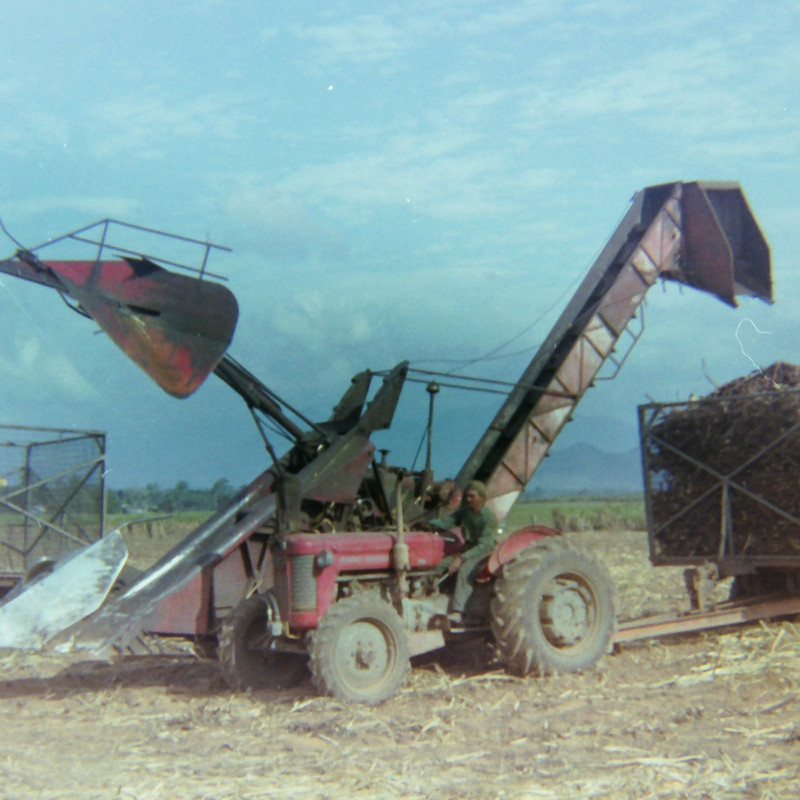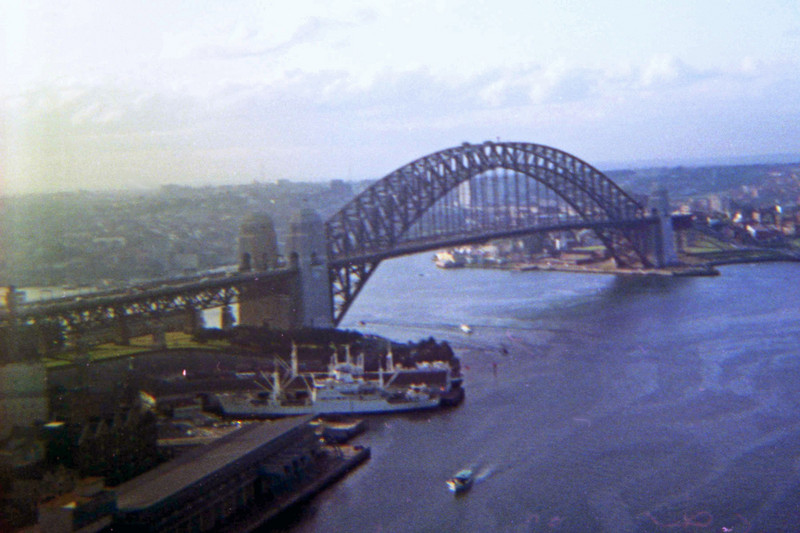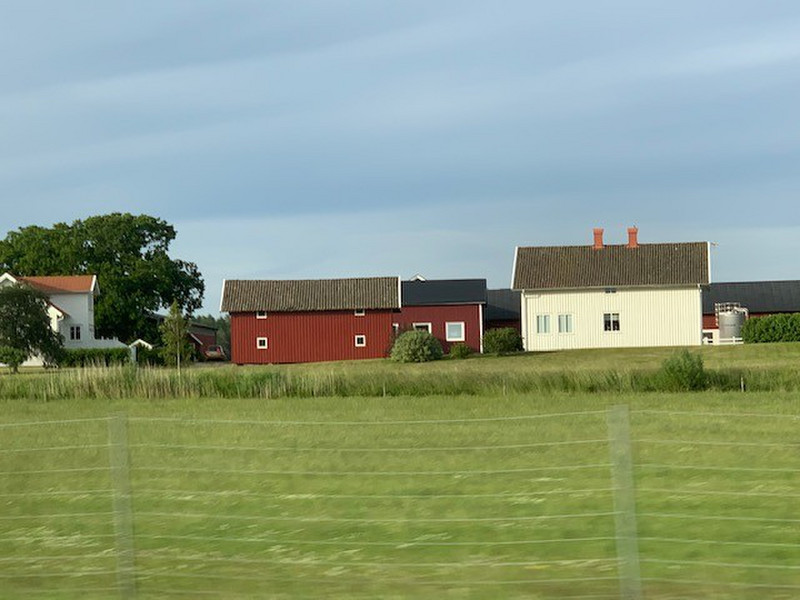Located between the Gouwe and Hollandse Ijssel rivers, Gouda can trace its roots back to the 12th century when was the main economic activity.
A canal was built in the 13th century linking the Gouwe with the Rhine river in the north. In addition, a harbour was constructed at the confluence of the Gouwe and Hollandse Ijssel rivers south of the settlement. This created an era of prosperity for the city as it became an important shipping route between Flanders and France, and the rest ofHolland.
Today Gouda is best known for its cheese, stroopwafels (syrup waffles), its gorgeous 15th century Stadhuis (Old City Hall) and stunning Sint Jan (St. John) Church.
constructed in the 15th century, the church has seen various changes and restorations over the years but its stained glass windows have remained intact.
As the longest church in the Netherlands, the interior has an abundance of stone columns and supporting archways.
The front faade of the building features a series of pointed towers, spikes and arched windows and stone statues of various important people from Dutch history.
The Red Lion Windmill is a fine example of a working mill and stands proudly on the edge of one of the canal networks in the centre of Gouda.
Although this windmill no longer produces flour, it still works and you can see the sails turn and the mechanical parts of the mill are on display.
Windmills are one of the greatest Dutch traditions and this particular windmill was constructed in 1727 and has been lovingly restored in recent decades.









